Review: Motorola Droid RAZR for Verizon Wireless
Nov 9, 2011, 4:03 PM by Eric M. Zeman
Motorola resurrects its iconic brand and hopes to bring back the glory days with the Droid RAZR. This 4G smartphone for Verizon is thin, powerful, and full of surprises. Here's Phone Scoop's take in Verizon's newest Android device.
Form
Is It Your Type?
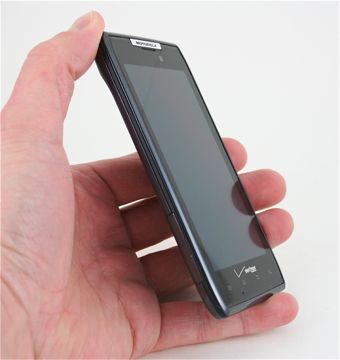
You know who you are. You don't follow trends, you set them. You spare no expense in order to have the latest thing, and don't care much about the nay-sayers as long as you like the product that's in your hand. And so it is with the Motorola RAZR, a new smartphone meant to set trends and cut a new path in the competition for smartphone dominance.
Body
It is becoming more and more difficult for handset makers to differentiate their Android smartphones from the packed shelves of black, slab-style touch phones. The Motorola Droid RAZR epitomizes the direction of the smartphone market and takes every facet to the Nth degree in order to stand out from the herd. It is thin, sexy, powerful, and strives to wear the Android crown — even if for only a little while.
The RAZR reminds me a lot of the feature phone market back in late 2006 and early 2007, with Samsung and Motorola pushing the boundaries on design. Here we are nearly five years later, and Motorola has returned to its make-it-as-thin-as-possible engineering goals. Yes, the Droid RAZR is stupid thin. Indescribably thin. You-need-to-go-to-a-Verizon-store-and-pick-it-up-yourself thin. But that's only because Motorola has employed the pancake method (aka, smooshed it), pushing the width and length out to attain the razor thin profile of the RAZR. It's a huge phone for being so thin. It's the Larry Bird of smartphones.
In the hand, it feels wider than the Titanic was long. I have big hands, and I can't wrap them all the way around the RAZR. The quality of the materials and build, however, feel great — the best I can recall from a Motorola in recent months (perhaps aside from the Photon). The glass surface feels wonderful under the thumbs and all the seams are tighter than the hatches on a submarine. The back surface is composed of Kevlar, claims Motorola. Whatever the heck it is, it feels awesome but really, really attracts finger grease and oils. It was grimy after I played with the RAZR for 10 minutes.
The front of the RAZR is mostly display, but Motorola put the typical four Android controls under the screen in the form of capacitive buttons. These are flat-out the best capacitive buttons I've used on a smartphone in the last year. The amount of haptic feedback given them by Motorola is absolutely perfect, I wish every capacitive button on earth felt like these. Haptic feedback aside, regular physical buttons would be easier to find in the dark but they are illuminated to help.
The SIM card slot and microSD card slot are located on the left side of the RAZR. They are protected by the worst hatch to ever be installed on a cell phone. Seriously, it took me more than five minutes to pry the hatch open, and I broke my thumbnail on it.
The lock button is easy to find, and feels good thanks to its textured surface. It also doesn't hurt that it's silver while the rest of the phone is black. I can't say the same for the volume toggle. It's black and nearly invisible. Worse, the action and feedback is absolutely terrible.
Motorola opted to put the micro-USB port, mini-HDMI port, and 3.5mm headset jack on the top of the phone. I can't stand when handset makers put the charging ports on the top. It makes using the phone when it is plugged in much more awkward than it needs to be.
In order to get the RAZR this thin, be prepared to make a few sacrifices. The battery is sealed into the device, which means no replacing it. By sealing in the battery, it also makes it more difficult to deal with a locked up or frozen device because you can't pull the power supply if you need to. (Motorola says that if you press the down volume button and the power button for 10 seconds, it will hard reset the device.) Motorola typically sells extra-capacity batteries for its cell phones. With a sealed battery compartment, Motorola won't be able to do that for the RAZR. Instead, Verizon said that it is making an external power pack available as an accessory for the Droid RAZR.
Despite some of the characteristics I picked on here, there's no doubt that the RAZR is a stunning achievement in design.
The Three S's
Screen
The RAZR's display stretches diagonally across 4.3-inches of glass. It rates qHD resolution, which measures 540 x 960 pixels. It looks good, but not as good as I was expecting it to look. The pixel density should be high enough to make individual pixels invisible, but they aren't. If you look closely, you can see pixels here and there, along the edges of icons, text, and graphics. This is because the display uses PenTile technology. The display isn't as bright as I was hoping it would be, either. It is a Super AMOLED, but it doesn't come off as brilliant as comparable Super AMOLEDs from Samsung, for example. I also noticed a greenish tint on white web pages that should have been pure white.
Signal
The RAZR is a 4G/3G device, meaning it uses Verizon's CDMA EVDO 3G network when there's no 4G LTE coverage available.
As a 4G device, the RAZR performed pretty well. I didn't take the RAZR into New York City, but the one area in New Jersey in which I tested the RAZR, it gave me no trouble finding or connecting to Verizon's LTE network. Data speeds were a bit inconsistent, though. In several successive tests, I hit a maximum download of 6.14Mbps and a maximum upload of 1.47Mbps. I also saw speeds as low as 1.56Mbps down and 900Kbps (yes, with a "K") up. Browsing the internet felt speedy, though.
As a 3G device, the RAZR doesn't hold up so well against other Verizon devices. The signal indicator ranged wildly all over the place no matter where I tested the RAZR. (Signal remained consistent on other devices in the same locations.) In practical terms, voice and data performance in 3G coverage areas was OK, but not great. Browsing speeds were acceptable, but the RAZR dropped/missed a few calls.
Sound
The RAZR is a fine voice phone. Calls were crystal clear most of the time, with the sound quality degrading only under the worst signal conditions (i.e., one bar or less). The earpiece produces plenty of volume so that the RAZR can be heard above screaming kids, construction equipment, or zipping traffic. The speakerphone also sounds great, but it was a decibel or two quieter than I would like. It's loud, but short of loud enough. Ringers and alert tones can be set loud enough to make your entire office (or household) know when your phone is ringing. Ringtones are painfully loud at maximum volumes. The vibrate alert isn't jackhammer strong, but still manages to make sure you know the phone is ringing.
Battery
I tested the RAZR under LTE 4G coverage for only about 90 minutes. In that short time period, the battery dropped an eyebrow-raising 25% under heavy use. When under 3G coverage only, the RAZR's battery lasted at least a full day with both the Wi-Fi and Bluetooth radios on. As with all of the 4G LTE phones sold by Verizon, the trade-off for 4G speed is battery life. At least the RAZR offers a switch to turn the LTE radio off, allowing users to manage their power more effectively. Bottom line: the battery isn't going to last very long when using the LTE radio. Switching to 3G-only can help conserve power, but I'd make sure to have charging options or alternate power supplies handy if you use 4G all the time.
Basics
Menus
The Droid RAZR runs Android 2.3.4 Gingerbread and shows only the faintest of skins from Motorola. It acts very much like Gingerbread does on the Droid Bionic. It includes some nice widgets from Motorola, and the main menu slides left and right, rather than up and down. Most of the menus behave like stock Android.
There are five home screen panels that users can adjust at will. There are four permanent icons in a dock at the bottom of the screen, which can be changed if you wish. There is the usual flotilla of Android and Motorola widgets available to make the home screen more dynamic.
I wish Motorola had added some basic controls to the notification shade, as other manufacturers have been doing as of late. It didn't, and instead the notification shade only provides notifications.
As for performance, the Droid RAZR is incredibly fast. It has a dual-core 1.2GHz Texas Instruments OMAP 4 processor inside. Add this to the LTE radio and the 1GB of RAM and what you get are lightning fast screen transitions, smooth application performance, and no stuttering as the Droid RAZR moves from screen to screen and app to app.
Smart Actions
Curious cats who bother to check out the Smart Actions application, which is buried in the main app center, will be pleased with what they discover: Smart Actions lets you set up "triggers" to control a range of phone features. Here's how it works.
You set up a rule for the phone. Rules are things such as muting all alerts, or dimming the display, or switching to Car mode, or automatically playing music. Once you set a rule, you then choose a trigger that forces the phone to follow the rule.
For example, let's say you want all your ringers and alerts silenced when you get to the office. You can set up a location-based trigger so that when you get to work, the phone knows where it is, and automatically silences all alerts as you walk into your office.
Rules can be applied to the text messaging application, notifications, ringtones, wallpapers, application launcher, browser, display/brightness settings, Wi-Fi/Bluetooth radios, and so on. Triggers for the rules can be set to the occur based on the battery level, incoming/missed calls, motion detection, time of the day, etc.
Smart Actions aren't going to manage your daily to-do list, but they will help alter the behavior of your device automatically as you go about your day.
Calls/Contacts
Calls
The phone application itself is a stock Android calling tool. Motorola uses some new colors to spruce it up a little, but in-call features are unaltered from stock Android, and are simple to use.
Contacts
The main contact application is stock Android, but Motorola installed its cool home screen widget for your favorites.
At the top of the central home panel, you'll notice four empty boxes at the top, with what appear to be other boxes stacked behind them. These are your favorites. Drag the set of boxes down, and the stacks will open up to show you a grid of your top 20 contacts, complete with photo ID. Tap the photo of your contact, and it will open a drop-down menu that offers a handful of quick actions, such as calling them, messaging them, or sending them a Facebook message.
Motorola has put this feature on phones such as the Bionic and Photon 4G, and I'm glad to see it here on the RAZR.
Messaging
The Droid RAZR comes with the usual batch of messaging and communications applications. It offers the standard Android email, Gmail, SMS/MMS, and GTalk applications.
The Droid RAZR also includes a generic mobile IM application developed by Verizon that is compatible with AIM, Windows Live Messenger, and Yahoo IM. This catch-all IM app does a decent job of handling IM conversations, and can manage a number of conversations at a time.
The RAZR has a few carry-overs from Motoblur. It offers the universal inbox, which catches messages from SMS, Twitter DMs, LinkedIn, and Facebook messages all in one place. This tool is a decent way to manage direct communications for these social networking services, though each can be managed individually through the stand-alone apps.
The RAZR also has a catch-all social networking application that helps manage status updates. It includes a home screen widget, from which you can scan through your Twitter, Facebook, and RSS feeds, as well as post your thoughts and musings. The stock Facebook and Twitter apps are not included, so if you want the full functionality that they offer, you'll have to snag them from the Android Market.
Extras
Media
Music
The Droid RAZR offers several ways for users to enjoy music. First, you can side-load tunes to the stock Android music player application. This app is bare bones, but can interact with MP3s, AACs, and so on. The newest Google Music app can stream from the network if you have a Google Music Beta account.
The Droid RAZR also includes Slacker for those of you who prefer to stream music to their handset. Slacker allows users to cache stations for offline use, which can come in handy when you're on an airplane.
The RAZR has access to Verizon's Media Manager software, and Tones Store. The Music and Tones Stores offer music and ringtones for download at a cost of $1.29 per track for songs and $2.99 per ringtone.
Last, the RAZR comes with Motorola's MOTOCAST software. MOTOCAST lets you access the media files on your home PC over the cellular network (3G or 4G) so you can listen to any song in your music library whenever you want to without the need to download it or install it on the RAZR.
Video
Video that has been captured by the RAZR or sideloaded to it is played back in the gallery application. I wish the RAZR had a stand-alone video player, because the Gallery isn't an obvious choice, but you can download a separate video player if you want.
The RAZR also has both the Blockbuster and Netflix applications for renting/buying movies, and the stock Android YouTube application.
Verizon's NFL Mobile application is installed, which offers free, live football games during the football season. This service normally costs extra, but Verizon is allowing Droid RAZR owners to use it for free for the entire season this year.
The RAZR includes DLNA sharing software, so content (images, video, etc.) can be shared via Wi-Fi with other DLNA devices, like your TV. You can also use the microHDMI port to attach the RAZR directly to an HDTV.
Last up, Verizon has stuffed V CAST Videos in there, too.
Camera
Camera
Though the RAZR doesn't have a dedicated camera button, the camera can be accessed from the lock screen. It launches quickly. The camera controls are nicely arranged and easy to figure out.
There's a focusing box in the middle of the screen, but the RAZR also includes touch-to-focus if you want to be specific. There's a slide for zooming (and the volume key doubles as a zoom key). Then there's a too-small button in the corner to access the Droid RAZR's full settings.
Press this tiny button and a little drawer slides out that provides access to six different control panels: Settings, Effects, Scenes, Shooting Modes, Brightness, and Flash. There's plenty to choose from when it comes to adjusting the camera's behavior. The effects are limited to colors, but the scenes range from portrait to landscape, and from close-ups to sunsets. It has an easy panorama mode for taking shots of wide vistas.
The RAZR's camera includes the same wonky bugs I noticed in the Droid Bionic. The camera often focuses — and then focuses again — before taking shots. There's also a disconcerting pause between when the camera stops focusing and actually captures the image. The end result is that you never know exactly when the shutter is going to fire, and you could be wobbling the RAZR right at the wrong instant.
Gallery
The Droid RAZR makes use of the newer Motorola gallery application that we've seen on other high-end Motorola Android devices in recent months.
The gallery segregates photo libraries, with the default view set to the images shared by your Facebook friends. The images appear as cards floating in a carousel and you can scroll through them sideways. It's a breeze to add a comment, or open the photo in the Facebook app for full interactivity.
There are buttons below this carousel that open the camera roll, your image library, your online accounts (defaults to Picasa and Facebook), and DLNA devices. Its an interesting way to view images, and it places an emphasis on the social nature of sharing pictures with your friends and family. You can upload/share with tons of photo/social services, and even add comments to your own photos. The gallery can be set to support automatic uploads, which means photos will be sent to the one social network of your choice automatically, in the background.
As for the main gallery of camera photos, it lays things out in a grid of thumbnails and supports slide shows. The editing features are robust. The RAZR can adjust effects, colors, and brightness, as well as crop, rotate, flip (horizontal or vertical), and even resize the image.
Photos/Video
Photos
Results from the RAZR's camera were disappointing. It has autofocus and a flash, and shoots at a maximum 8 megapixels. The RAZR suffers from the same focusing problem that we noticed with the Droid Bionic. Focus is nearly always a bit soft, if not downright fuzzy. Sharp, clear images were rare. Colors and white balance looked good most of the time, but exposure what haphazard at best, with plenty of details lost in under/over-exposed areas.
Bottom line: you'll surely get some good, usable images with the RAZR, but few stunning shots.
Video
Results from the RAZR's video camera were better. Though I saw similar focus and exposure issues, they weren't as severe or as pronounced. Using the image stabilization tool really helped to control jittery movement when panning around, and the colors/white balance were accurate. Audio quality was good, though I wish the RAZR did a better job of filtering out noise caused by the wind.
The RAZR's 720p HD video camera works well, and will definitely help capture footage of your friends doing dangerous stunts or your kids running amok, but we've seen better results from other devices.
Browse/Customize
Browser
In my tests of the stock Android browser on the RAZR under Verizon's LTE 4G network, it was very fast, though it felt a bit slower than Verizon's other LTE handsets did (this is just a perception). Heavy-duty web sites with lots of content loaded in a couple of blinks instead of one. The RAZR was notably slower when stuck in 3G land, though speeds were consistently good.
Customize
The RAZR offers users plenty of room to adjust the phone's appearance, behavior and functionality.
The items unique to the Droid RAZR include several re-sizable Motorola widgets, such as the social networking widget, the favorites widget, the photo gallery widget (which also includes friends' Facebook photos,) and so on.
The Smart Actions tools also offer an interesting way to set up automatic controls over select behaviors of the RAZR.
Extras
Apps
Verizon was sure to pack the RAZR with all sorts of apps and services, most of which you'll probably care little about. Stand-outs include the VideoSurf app, which is meant to help identify movies in the same way that SoundHound or Shazam do for music. It was only about 50% successful in my tests. The RAZR also has Citrix GoToMeeting and Receiver, and other business software on board, such as MotoPrint (which lets you print via Wi-Fi to networked printers), and QuickOffice. The RAZR also includes the MOTOACTV application, which lets it pair with the MOTOACTV watch/MP3 player and fitness tool. Together, they can be used to track workouts and fitness, and the MOTOACTV device can also receive text messages, emails, and incoming call alerts.
Bluetooth
The RAZR's Bluetooth radio connects to phones, headsets, PCs, and speakers. I had no trouble pairing it with half a dozen different pieces of equipment. Phone calls placed through mono headsets sounded excellent, as did music played through Bluetooth stereo speakers. Sending files between phones and PCs, wasn't a problem. It worked well with the MOTOACTV via Bluetooth.
Clock
The Droid RAZR has a large digital clock that's easily seen when the lock key is pressed. Reading the time outdoors, though, can be hit or miss. The Droid RAZR also has a clock widget for use on the home screen panels. This widget is widely customizable, but the lock screen clock is not.
GPS
The Droid RAZR includes both Google Maps and VZNavigator. Both are capable navigation apps. Google Maps is easy to use, and ties in well to other Google services, such as Latitude and Places. VZNavigator doesn't do that, and costs $10 per month to use. VZNavigator's GPS performance is a little bit better and more accurate in my experience and better at handling dynamic traffic conditions.
Wrap-Up
I have to admit, I was really excited about the Motorola Droid RAZR heading into this review. What I've discovered will probably stop me from buying one for myself, but that's because I am extremely picky. Here's what you should base your own decision on.
The Droid RAZR is an attractive, thin handset that pushes boundaries in terms of design and manufacturing. It is a great voice phone, though it didn't perform as well as other Verizon phones in terms of 4G and 3G signal. The RAZR's questionable 4G battery life and locked-in power supply bear serious consideration.
In other areas, though, the RAZR excels. The user interface is extremely fast and even the most demanding applications didn't cause the RAZR to break a sweat. It offers a wide array of communications tools and social networking integration across the board. The Droid RAZR is probably the most powerful media phone to ever hit the market from Motorola, thanks to the large array of apps, such as MOTOCAST. The camera software is great, even if it fails to take winning pictures all the time.
Overall the Droid RAZR impresses in many ways, but proves once again that you can't have your cake and eat it, too — but at least you can use the RAZR to cut yourself a slice and look at it longingly.
Comments
What the "Wrap-Up" Should Say
"Bottom line it's not an Apple device.
Because of this i have to be super anal about the smallest of things."
If you use smart actions you can extend the battery considerably. Besides when did battery removal become some a beneficial feature? I'll tell you when, when Motorola made it fixed like how Apple has been doing for years.
It's just something for Apple fans to complain about. Illogical blindly following Apple to complain about stupid small things.
Need extra juice, get one of those battery packs you can plug into. Plus there will more than likely be some manufacturer coming out with a battery pack/case like how iPhone's have.
Better be better than the dud Bionic
I really think they rushed this phone out and now the "razr is the fix, that is if you have a spare line or $649.00 to buy on out right.
(continues)


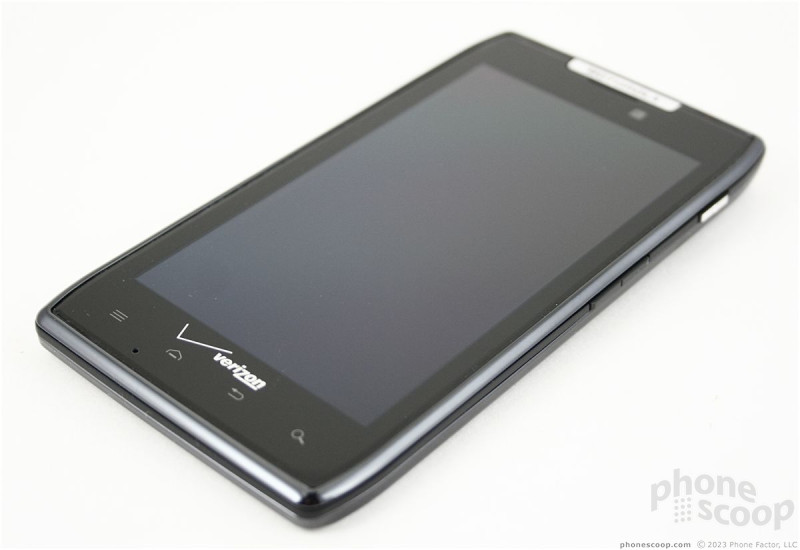














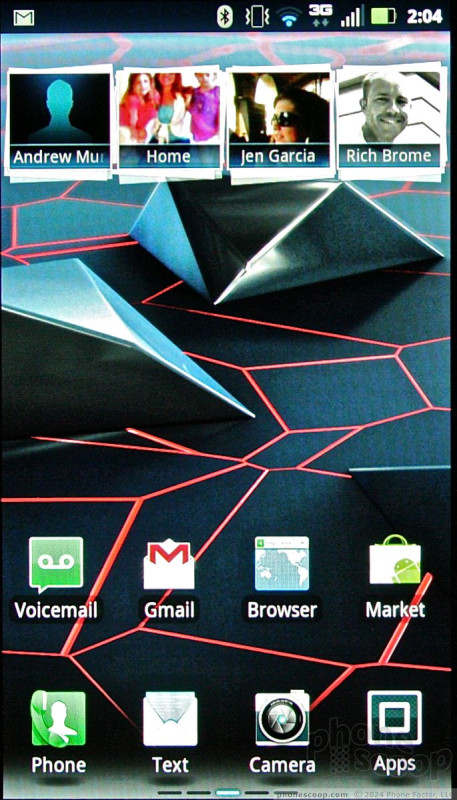



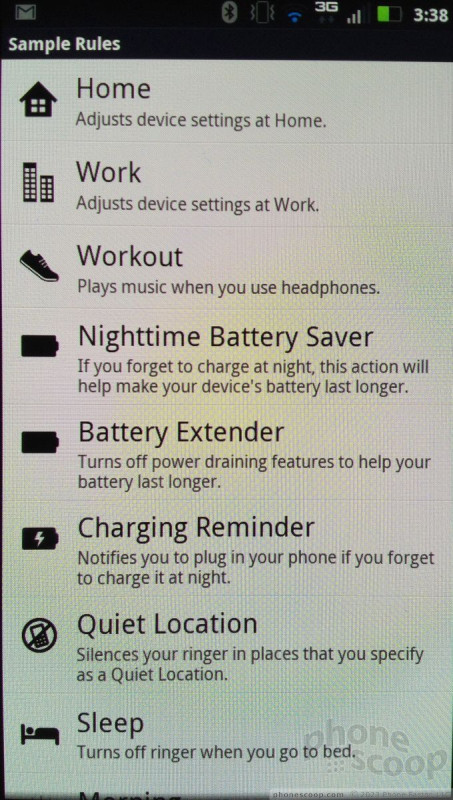



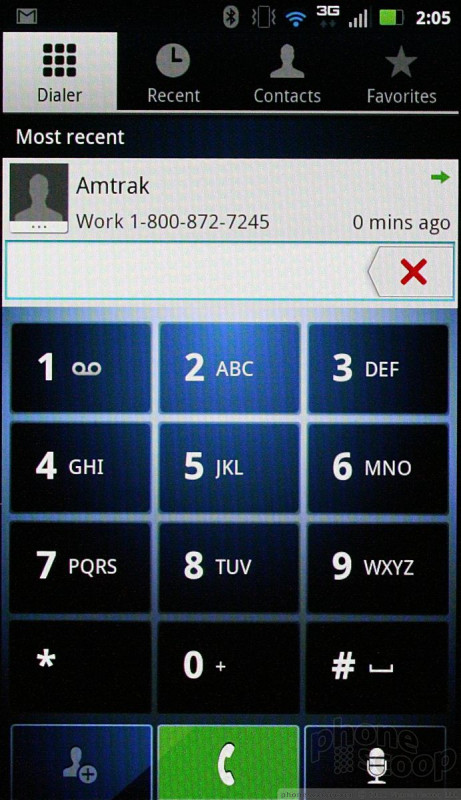



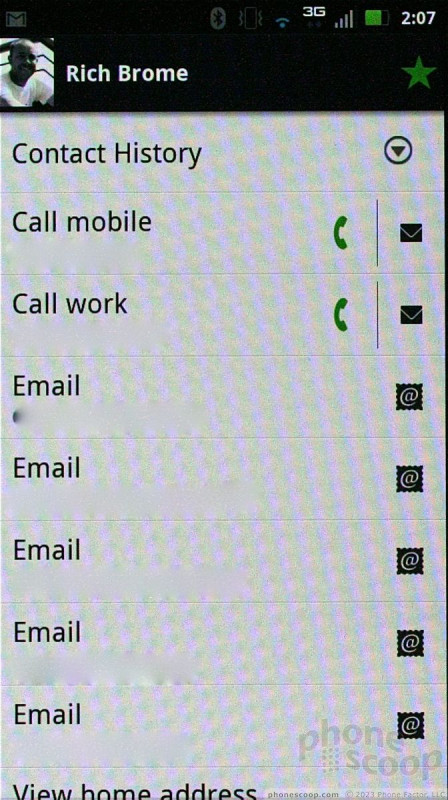



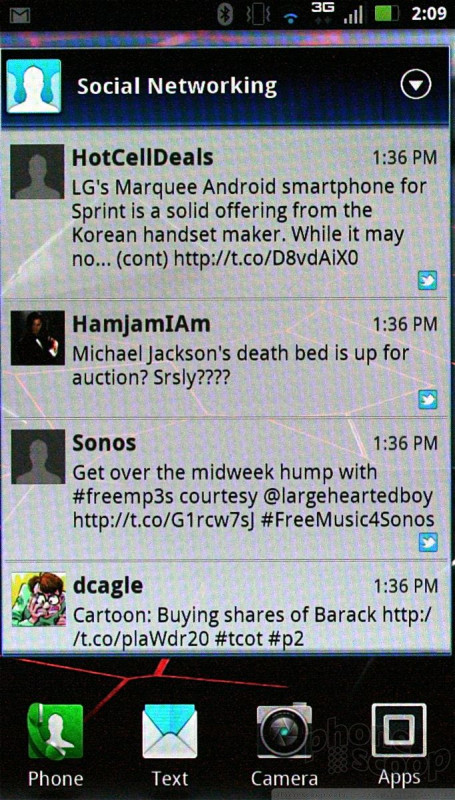



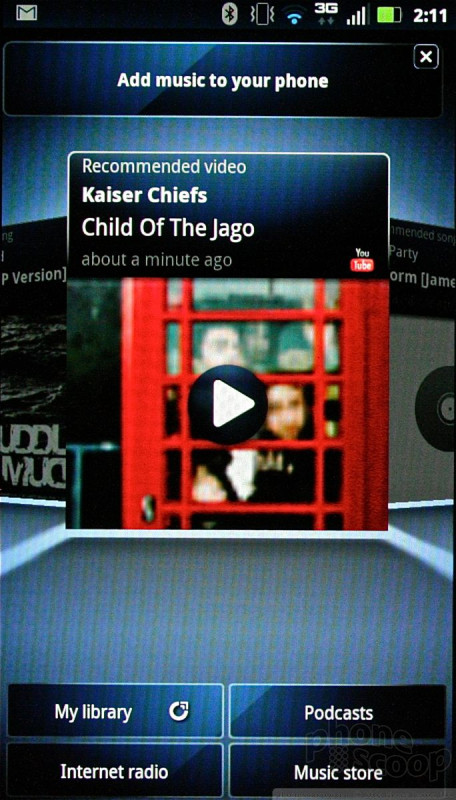






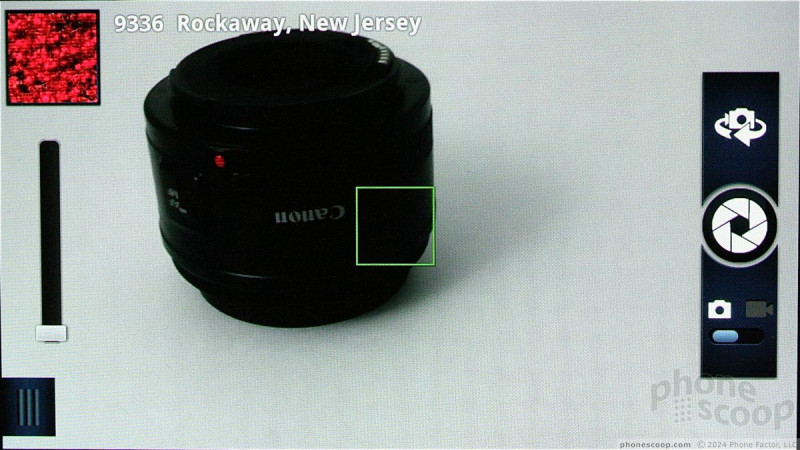



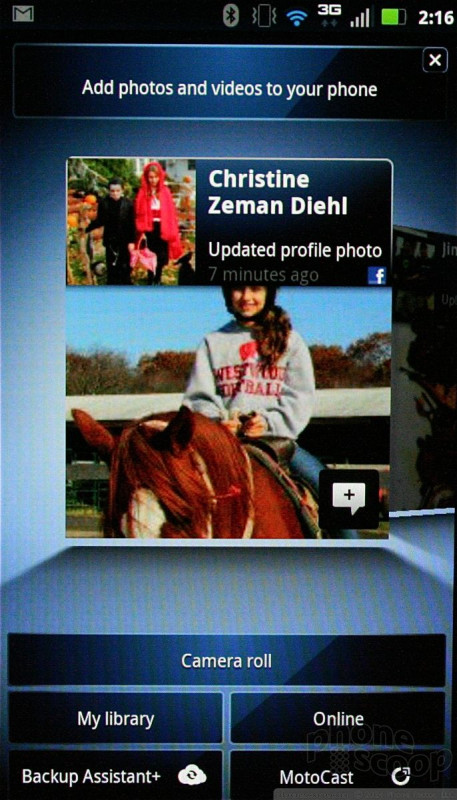






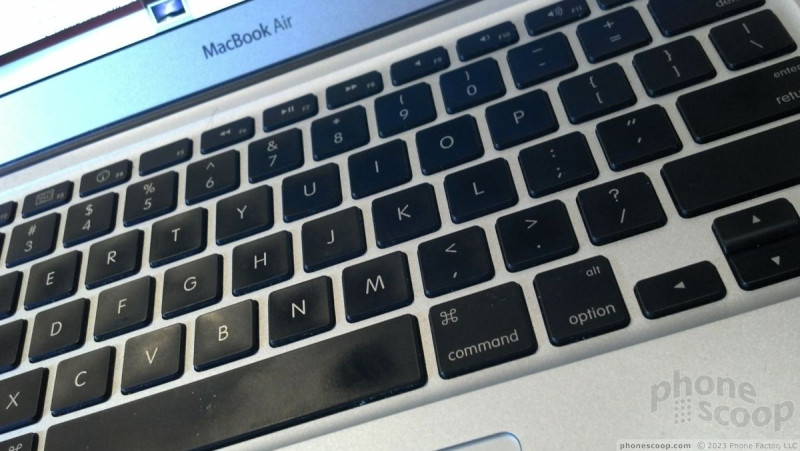

















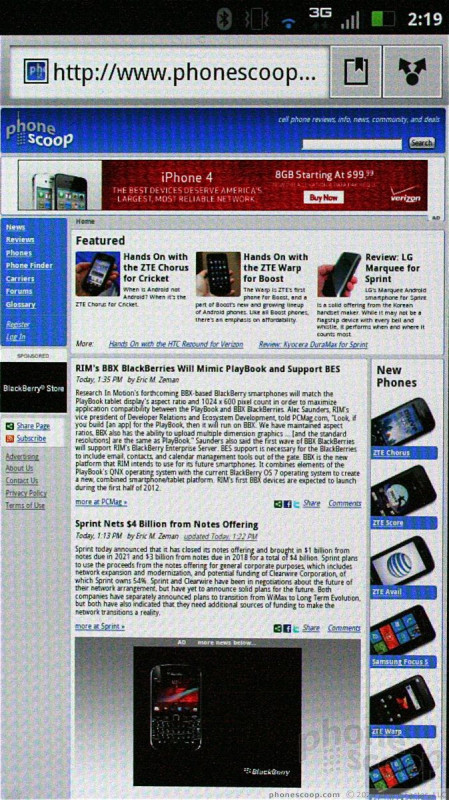



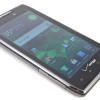 Review: Motorola Droid RAZR MAXX for Verizon Wireless
Review: Motorola Droid RAZR MAXX for Verizon Wireless
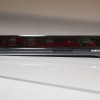 Hands On with the Motorola Droid RAZR and ACTV
Hands On with the Motorola Droid RAZR and ACTV
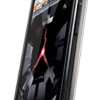 Motorola and Verizon Announce the 7.1mm Thick Droid RAZR
Motorola and Verizon Announce the 7.1mm Thick Droid RAZR
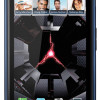 Blue Moto Droid RAZR Hitting Stores Starting Today
Blue Moto Droid RAZR Hitting Stores Starting Today
 Motorola Droid RAZR
Motorola Droid RAZR





